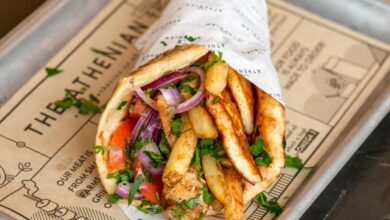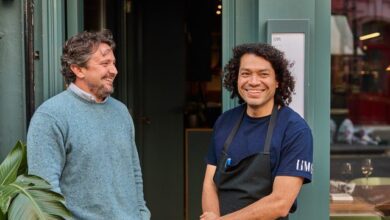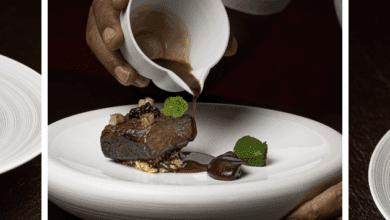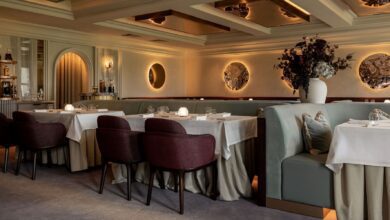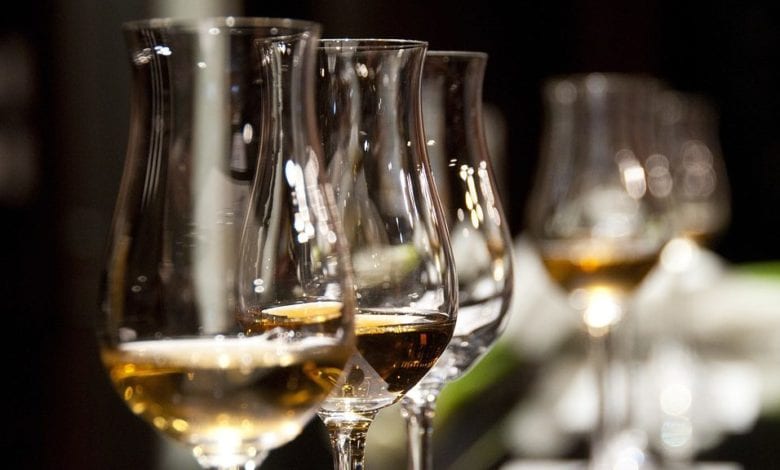
Register to get 1 free article
Reveal the article below by registering for our email newsletter.
Want unlimited access? View Plans
Already have an account? Sign in
The taste of widely delicious food, a hypnotising tinkle of jazz piano and the reassuring pop of a bottle of the finest red – the luxury dining experience seems, for many of us, a distant memory.
However, with vaccine production and distribution well and truly underway, this indulgent practice might be open to the public sooner than we think. With this in mind, it is important to consider how the events of the last year have affected the luxury dining industry in order for restaurants to best position themselves to capitalise and prosper moving forward.
Waiter, waiter! Is that a person in my restaurant?
Although our favourite restaurants might soon reopen, Covid-19 restrictions such as social distancing will likely be here for much longer. To accommodate this trend, operators should look to adapt their dining spaces to evolve with changing consumer preferences. Incorporating increased outdoor dining space could be a great start, leaving inside areas more spacious and adding an attractive natural setting to the menu.
Indeed, these outdoor spaces can be marketed to the business’ favour, advertising al fresco seating, a very popular choice for consumers. This solution also offers fantastic opportunities for themed restaurants to customise their external environments to continue their aesthetic throughout the establishment.
Of course, investing in innovative dining spaces will be a must so as to provide the social privacy required without leaving guests feeling unattended. In the not so far future, we may see our restaurants take on an entirely new design. Indeed, Blueplate Studio at Wilson Associates has developed a modern dining room model – the ‘Glass Kitchen’. This innovative design limits face-to-face interaction by linking each table to a central kitchen, allowing food to be served directly to tabletops through a window.
Traveling with taste buds
While there may still be a severe lack of travel post-lockdown, these restrictions cannot prevent culinary exploration. On the contrary, consumer desire to be transported to different places around the world by food might have been bolstered by the pandemic due to a lack of cultural exposure most of us have become accustomed to.
To make the most of this, UK chefs and restaurant operators should consider diversifying their food offerings where possible to include a variety of international cuisines, delicacies and dishes. In this vein, at Burgh Island, we now have three separate food outlets which include fine dining, a luxury gastropub and a seafood specialist restaurant. While advising chefs to invest in their food might appear obvious, as people branch out from city centres post-pandemic, luxury dives looking to make the most of this new customer base will do well to accommodate their cosmopolitan palettes.
Curbing kitchen carbon
Pre-Covid, diners were already beginning to increasingly value sustainability in their restaurant experience. Indeed, a survey conducted in January 2020 found that two-thirds of consumers expect to see ethically sourced food and drink practices in place when they visit a hospitality venue, with two in five saying they would be willing to pay more for this, and 22.7% willing to pay more for a reduced carbon footprint.
Following the pandemic, consumers have realised the extent of our impact on the environment with the return of animals to traditionally busy areas and a huge improvement in global air quality. It is clear the desire for sustainability in our food will only have grown by the time restaurants reopen.
Fortunately, there are a number of ways in which chefs can reduce their kitchens’ carbon footprint. The deadly sins here are waste and emissions. It is estimated that UK restaurants produce 915,400 tonnes of waste per year, 22% of the entire waste of the Hospitality and Food Service Industry. In altering their processes to find less wasteful ways of cooking, chefs can greatly reduce this figure.
To cut emissions, produce should be sustainably sourced. At Burgh Island, for example, we have ensured that all our suppliers are now local to reduce the mileage of our food and support local business in the process. Curbing reliance on tech can go a long in culling energy usage and we, at Burgh Island, have trained all our staff in energy awareness.
Catering to everyone
On a similar note, meat-conscious dining was becoming increasingly popular even before the pandemic. In fact, with the estimated number of vegans and vegetarians being just shy of 10 million by the end of the year, it is no longer enough for chefs to simply cater to these patrons with a singular ‘alternative’ dish. Instead, to capture these consumers, restaurants must offer the same level of luxury in their vegetarian and vegan dishes as they do with traditional menu items.
Aside from attracting a greater customer base, experimenting with meat alternative menu items can give rise to some amazing new flavour combinations, leaving room for an exciting boom in original dishes – and what’s more attractive than a restaurant speciality unavailable anywhere else? Our resident chef, Tim Hall has explored this area of fine dining and cultivating Burgh Island’s onsite garden for wild herbs, vegetables and other produce has been one of the highlights of creating menus on the island.
Ultimately, fine dining in a post-Covid landscape will likely be changed forever. While many changes are not unforeseen, with guest expectations constantly evolving it is up to operators to rise to the challenge or risk being left by the wayside. In essence, the rule to follow is sustainable luxury – sustainable in process, ingredients and in adhering to pandemic-persistent social restrictions. However, as long as chefs are able to adapt and stay creative, their restaurants will thrive, and a luxury dining renaissance will undoubtedly be well underway.
Byline by Tim Hall, executive chef at Burgh Island Hotel


